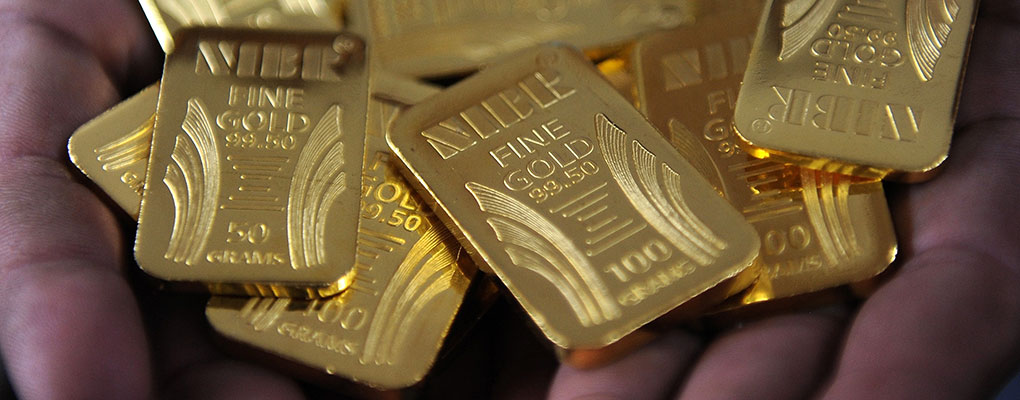
India’s high demand for gold is no secret. After fuel, the precious metal is the country’s largest import, with nearly 900 tonnes of gold imported annually, making it the world’s largest gold importer, absorbing 20 percent of the market. A new scheme from the State Bank of India hopes to off-set the negative impacts of this inward-gold rush through its new Gold Deposit Scheme (GDS).
In 2013 India’s gold imports created a record current account deficit. This resulted in, according to the FT “capital flight…[in 2013], dragging the rupee down more than 15 percent.” In response, the government attempted to ban and restrict gold imports into the country, raising the import tariff numerous times.
The government’s new approach hopes to cut imports through unlocking India’s large domestic, privately-held gold
The government’s new approach hopes to cut imports through unlocking India’s large domestic, privately-held gold. Much of India’s gold is kept either in the homes of private individuals or in institutions such as religious temples. GDS will offer Indians the opportunity to deposit this gold – even if it is scrap gold or jewellery – into a bank deposit in return for interest, often tax-free. The purpose of this, according to India’s state bank, will be to “mobilize the idle gold in the country and put it into productive use.”
The gold deposited in banks will count towards the institutions cash reserve, allowing it to increase lending as well as being exchanged for foreign currency. It is also hoped that through mobilising gold, locked away in people’s homes or in temples, jewellers will have a steadier supply of bullion from within the country. The FT reports that 65 percent of imports are for jewellers to create wedding jewellery. Allowing access to internal gold supplies will lower the county’s heavy reliance upon gold imports and help close the current account deficit it causes, it is hoped.
The schemes success faces a few challenges. A similar initiative was launched in 1999, which failed due to the low level of interest rate offered; a measly 0.75 percent. According to Pradeep Unni, Senior Relationship Manager at Richcomm Global Services, the Khaleej Times reports, it “is unlikely to bring out large amounts of gold from the households unless the interest rate is over four percent,” while the GDS will offer between three and four percent returns. Also, with much of India’s idle gold also being passed down through generations, many will also be unable to prove their ownership of the metal, potentially barring many from depositing it.


